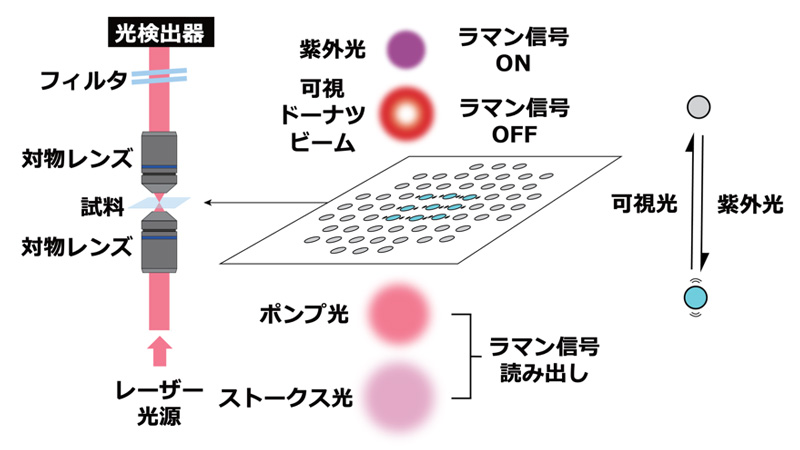2023-06-19 エディンバラ大学
◆専門家は、これにより脊髄損傷からの回復に関与する生物学的経路について新たな知見が得られたと述べています。炎症が過剰に起こることで治癒が効率的でなくなるため、治癒を促進する免疫細胞を抑制することなく炎症を抑える薬剤の発見は重要です。
◆この研究は、脊髄損傷からの回復を支援する能力を持つ他の同様の作用のある薬剤も検証できる可能性があり、薬剤の発見プロセスにゼブラフィッシュが有用であることを示しています。
<関連情報>
- https://www.ed.ac.uk/news/2023/drug-discovery-could-aid-spinal-injury-recovery
- https://www.thno.org/v13p2531.htm
ゼブラフィッシュ幼生を用いた薬物スクリーニングにより、マウスの脊髄損傷後の二次障害に対する炎症関連モジュレーターが発見された Drug screening in zebrafish larvae reveals inflammation-related modulators of secondary damage after spinal cord injury in mice
Ana-Maria Oprişoreanu, Fari Ryan, Claire Richmond, Yuliya Dzekhtsiarova, Neil O. Carragher, Thomas Becker, Samuel David, Catherina G. Becker
Theranostics Published:2023
DOI:10.7150/thno.81332

Abstract
Prolonged inflammation after spinal cord injury is detrimental to recovery. To find pharmacological modulators of the inflammation response, we designed a rapid drug screening paradigm in larval zebrafish followed by testing of hit compounds in a mouse spinal cord injury model.
Methods: We used reduced il-1β linked green fluorescent protein (GFP) reporter gene expression as a read-out for reduced inflammation in a screen of 1081 compounds in larval zebrafish. Hit drugs were tested in a moderate contusion model in mice for cytokine regulation, and improved tissue preservation and locomotor recovery.
Results: Three compounds robustly reduced il-1β expression in zebrafish. Cimetidine, an over-the-counter H2 receptor antagonist, also reduced the number of pro-inflammatory neutrophils and rescued recovery after injury in a zebrafish mutant with prolonged inflammation. Cimetidine action on il-1β expression levels was abolished by somatic mutation of H2 receptor hrh2b, suggesting specific action. In mice, systemic treatment with Cimetidine led to significantly improved recovery of locomotor behavior as compared to controls, accompanied by decreased neuronal tissue loss and a shift towards a pro-regenerative profile of cytokine gene expression.
Conclusion: Our screen revealed H2 receptor signaling as a promising target for future therapeutic interventions in spinal cord injury. This work highlights the usefulness of the zebrafish model for rapid screening of drug libraries to identify therapeutics to treat mammalian spinal cord injury.


